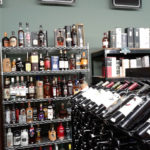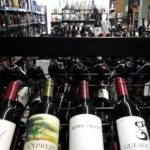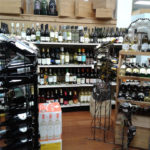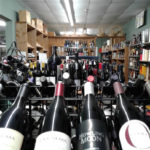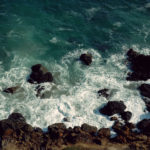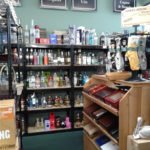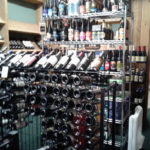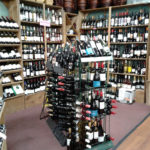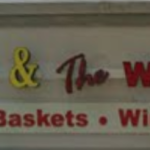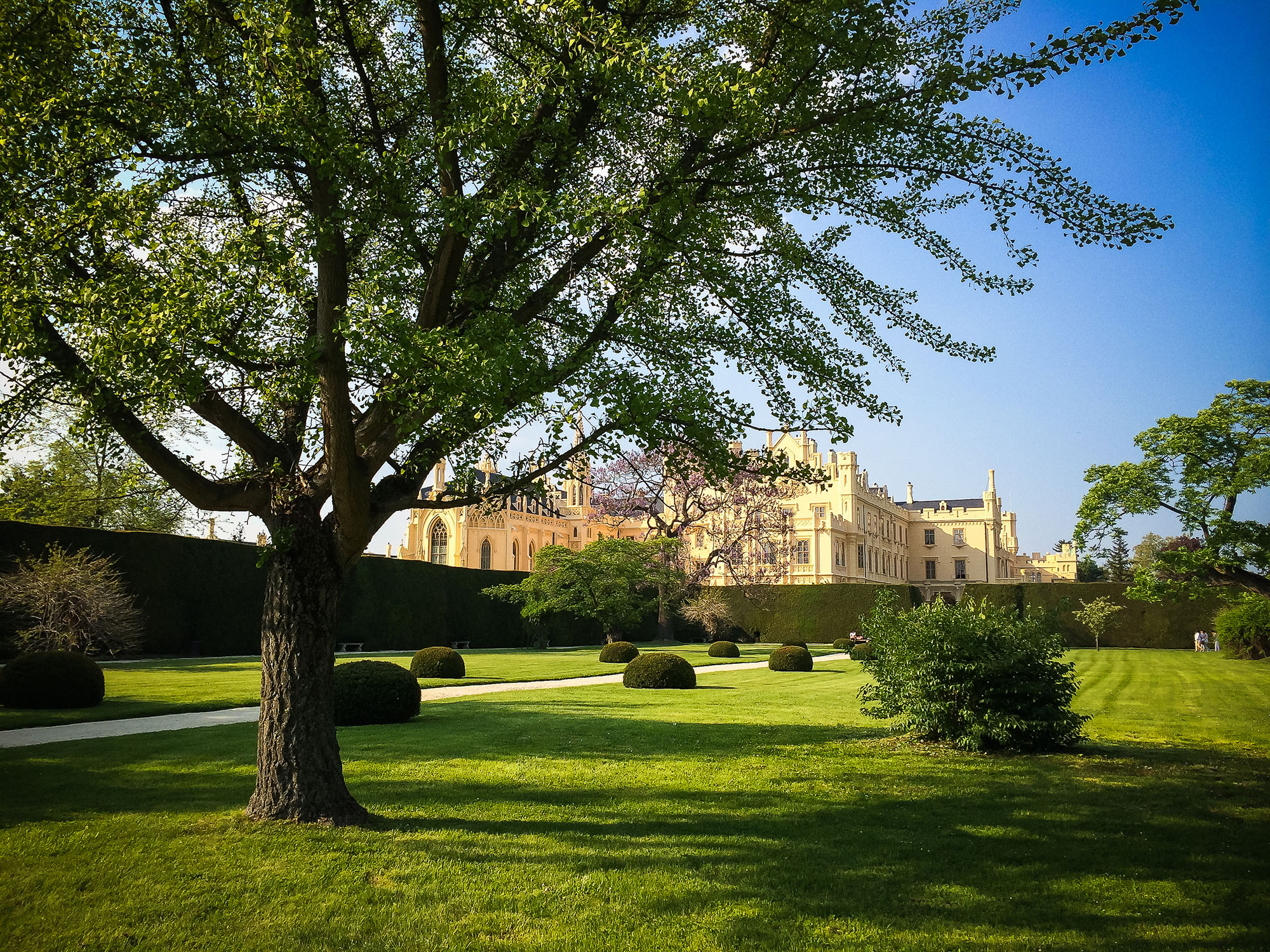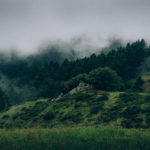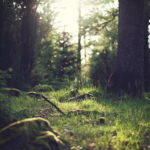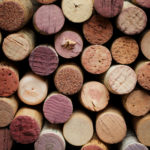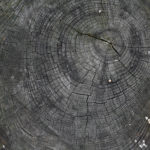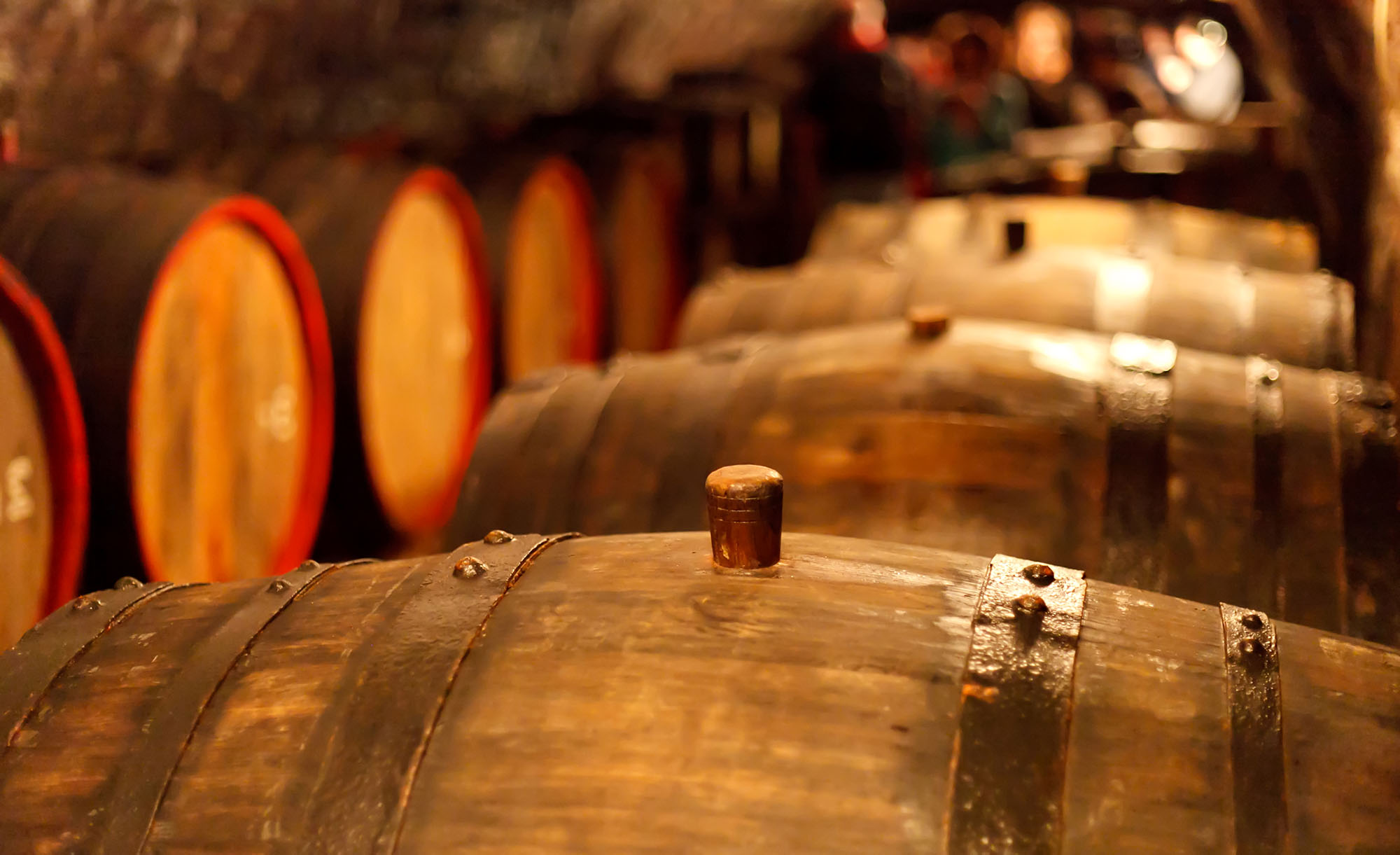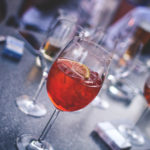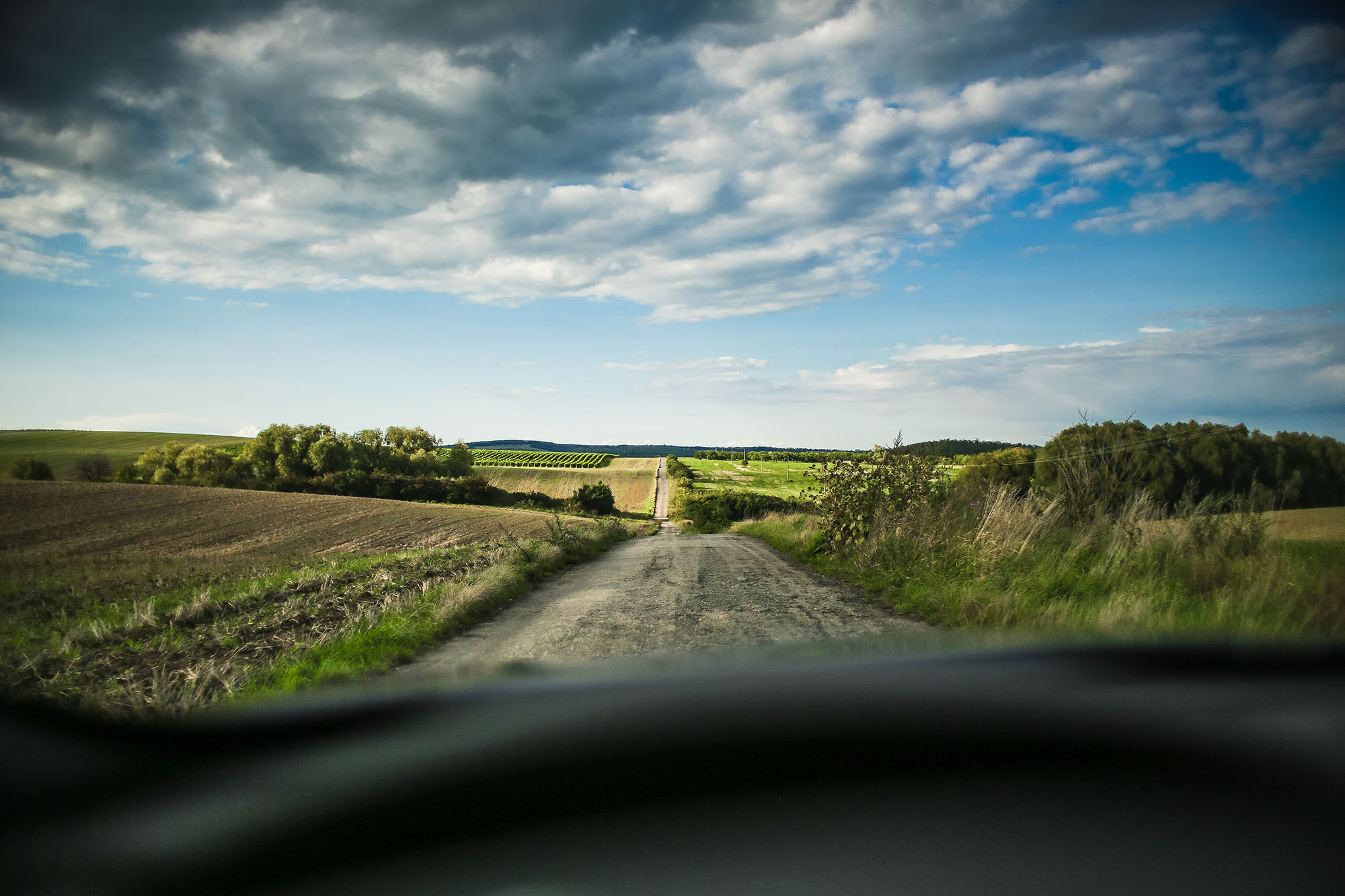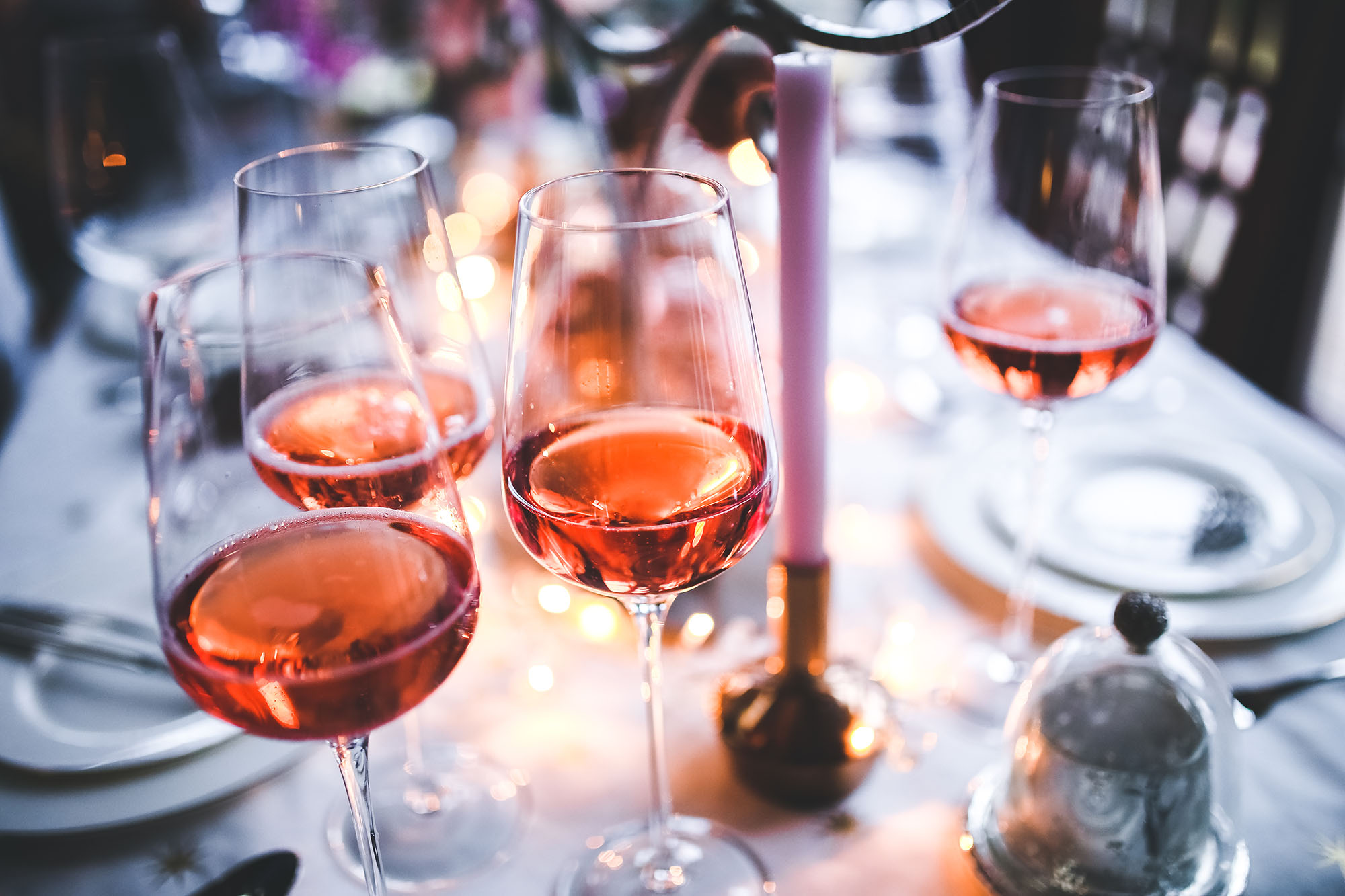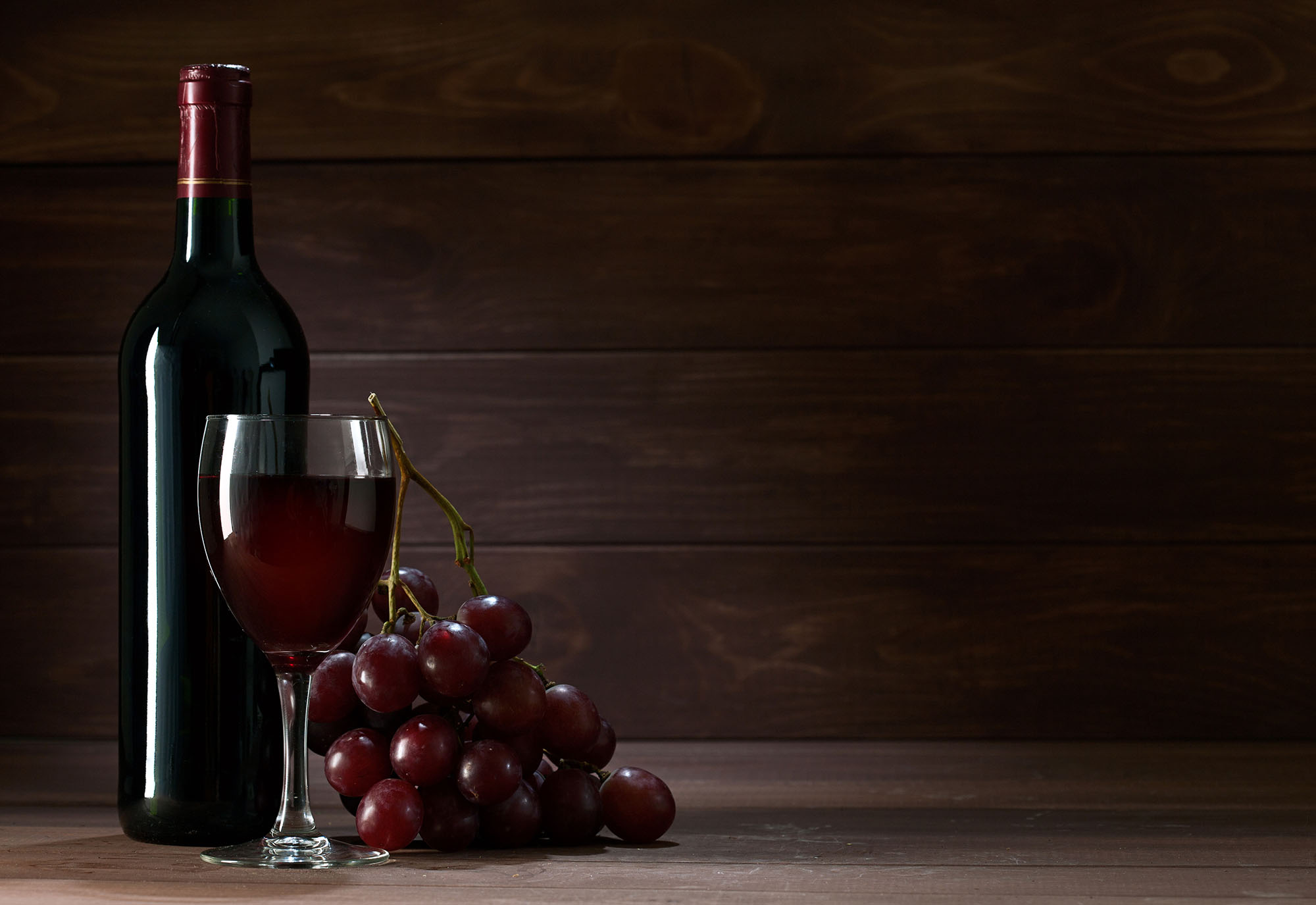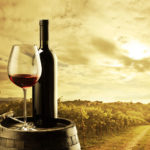Prosecco is an Italian sparkling white wine, generally a dry or extra dry wine. It is made from Glera grapes, formerly known also as “Prosecco”, but other grape varieties such as Bianchetta Trevigiana may be included. The name is derived from that of the Italian village of Prosecco near Trieste, where the grape may have originated. DOC Prosecco is produced in the regions of Veneto and Friuli Venezia Giulia, traditionally mainly around Conegliano and Valdobbiadene, in the hills north of Treviso. Prosecco is the main ingredient of the Bellini cocktail and can be a less expensive substitute for Champagne.
Unlike Champagne, its main commercial competitor, Prosecco usually is produced using the Charmat method, in which the secondary fermentation takes place in stainless steel tanks, making the wine less expensive to produce. The rules for the DOCG Prosecco Valdobbiadene also allow the use of the Metodo Classico: secondary fermentation in the bottle.
Approximately 150 million bottles of Italian Prosecco are produced annually. As of 2008, 60 percent of all Prosecco is made in the Conegliano and Valdobbiadene area. Production there amounted to €370 million in 2007. Since the 2000s, Glera (Prosecco) grapes also are cultivated and wine from the grapes is produced in other countries including Brazil, Romania, Argentina, and Australia.
In the region of Conegliano and Valdobbiadene there are more than 150 producers and they form together the Consortium for the Protection of Prosecco from Conegliano and Valdobbiadene (Consorzio per la Tutela del Prosecco di Conegliano e Valdobbiadene). Prosecco is produced mainly as a sparkling wine in either the fully sparkling (spumante) or lightly sparkling (frizzante, gentile) varieties. Prosecco spumante, which has undergone a full secondary fermentation, is the more expensive variant. The sparkling variants may contain some Pinot bianco or Pinot grigio wine. Depending on their sweetness, in accordance with the EU Sweetness of wine Regulations for Terms used to indicate sweetness of sparkling wine, Proseccos are labelled “Brut” (up to 12 grams per litre of residual sugar), “Extra Dry” (12–17 g/l) or “Dry” (17–32 g/l).
A still wine (calmo or tranquillo) also is made from Glera grapes – it amounts to only about five percent of production, but this wine is rarely exported. Wines from the traditional Conegliano–Valdobbiadene production area are labeled as “Prosecco di Conegliano-Valdobbiadene”, “Prosecco di Conegliano”, “Prosecco di Valdobbiadene”, or “Prosecco DOC” from Friuli. Proseccos labeled with another, non-protected designation, such as “IGT-Veneto”, are generally cheaper and of a more varied quality.
The hill of Cartizze is a 1,000-foot-high vineyard of 107 hectares (260 acres) of vines, owned by 140 growers. The Prosecco from its grapes, of which comparatively little is produced, is widely considered to be of the highest quality, or even the “Grand Cru” of Prosecco. Accordingly, a hectare of Cartizze grape land is estimated to be worth in excess of one million US dollars. According to a local legend, Cartizze grapes traditionally were harvested last, as the vines were situated on steep slopes and hard to reach, which made vintners discover that this extended ripening period improved the flavour. Nonetheless, in a blind tasting at the 2006 Vinitaly trade fair, Cartizze spumanti were ranked consistently behind “normal” Prosecco.





